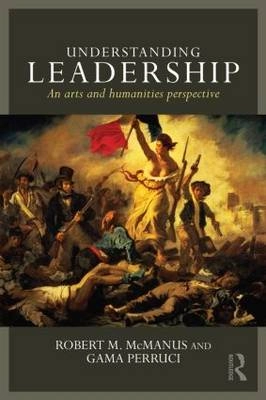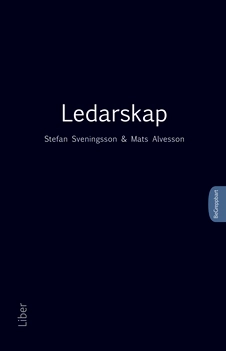

Understanding Leadership
- Utgiven: 2015
- ISBN: 9780415728737
- Sidor: 274 st
- Förlag: Routledge
- Format: Häftad
- Språk: Engelska
Om boken
Lao Tzu, Marx, the Buddha, Ibsen, Machiavelli — these are just a few of the world’s great thinkers who have weighed in on the subject of leadership over the centuries. Yet, the contemporary student of leadership often overlooks many of these names in favour of more recent theorists hailing from the social sciences. Understanding Leadership: An Arts and Humanities Perspective takes a different angle, employing the works of the great philosophers, authors and artists found in world civilization and presenting an arts and humanities perspective on the study of leadership.
The authors build their conceptual framework using The Five Components of Leadership Model, which recognizes the leader, the followers, the goal, the environmental context, and the cultural values and norms that make up the leadership process.
Supporting the text are a wealth of case studies which reflect on works such as Ayn Rand’s novella Anthem, Eugène Delacroix’s painting Liberty Leading the People, Charlie Chaplin’s film Modern Times, Athol Fugard’s play "Master Harold" . . . and the Boys, Lao Tzu’s poetic work Tao Te Ching, and Antonín Dvorák’s New World Symphony. The authors also introduce studies from various world cultures to particularly illustrate the role cultural values and norms play in leadership. This illuminating framework promotes the multidimensional thinking that is necessary for understanding and problem solving in a complex world.
Understanding Leadership: An Arts and Humanities Perspective will be a valuable textbook for both undergraduate and postgraduate leadership students, while leadership professionals will also appreciate the book’s unique liberal arts and cultural approach.
Åtkomstkoder och digitalt tilläggsmaterial garanteras inte med begagnade böcker
Mer om Understanding Leadership (2015)
I april 2015 släpptes boken Understanding Leadership skriven av Robert M McManus, Gamaliel Perruci. Den är skriven på engelska och består av 274 sidor. Förlaget bakom boken är Routledge.
Köp boken Understanding Leadership på Studentapan och spara pengar.
Referera till Understanding Leadership
Harvard
McManus, R. M. & Perruci, G. (2015). Understanding Leadership. Routledge.
Oxford
McManus, Robert M & Perruci, Gamaliel, Understanding Leadership (Routledge, 2015).
APA
McManus, R. M., & Perruci, G. (2015). Understanding Leadership. Routledge.
Vancouver
McManus RM, Perruci G. Understanding Leadership. Routledge; 2015.
Bokens omdöme
Ingen har recenserat den här boken ännu.



















